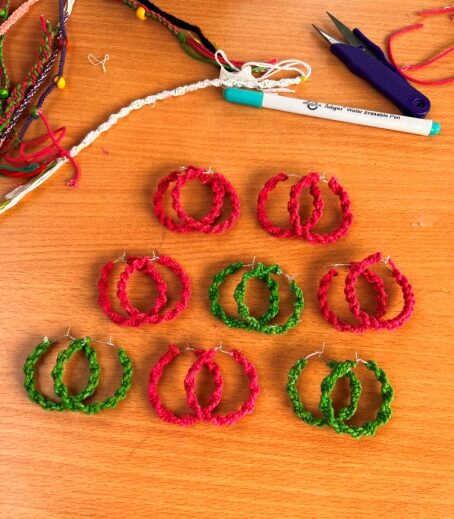Reviving the Art of Handcrafts
Reviving traditional handcrafts can bring economic opportunities and promote sustainability in rural areas, empowering women and preserving cultural heritage.

The art of handcrafting, such as crochet, macramé, embroidery, and knitting, was once a cherished pastime of many women. However, with the rise of technology and the fast-paced nature of modern life, these traditional crafts have become less popular. But why have we stopped doing something that used to bring so much joy and creativity into our lives? In this article, I want to focus on the potential of handcrafts as a source of livelihood for rural areas.
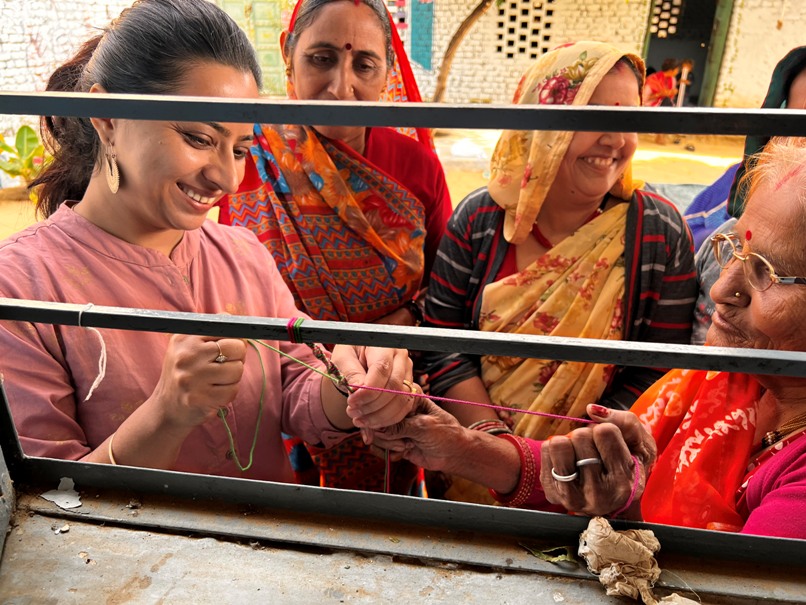
In urban areas, there are many job opportunities in various forms. People migrate from villages to cities in search of work, leaving their families behind. But what about the half of our population, the women, who are often left waiting for their life partners to earn a livelihood? Our agricultural sector is also dependent on seasons, which can make it difficult for people to make a steady income. Why not empower these women by teaching them handcrafts so that they can earn a living and support their families without having to migrate?
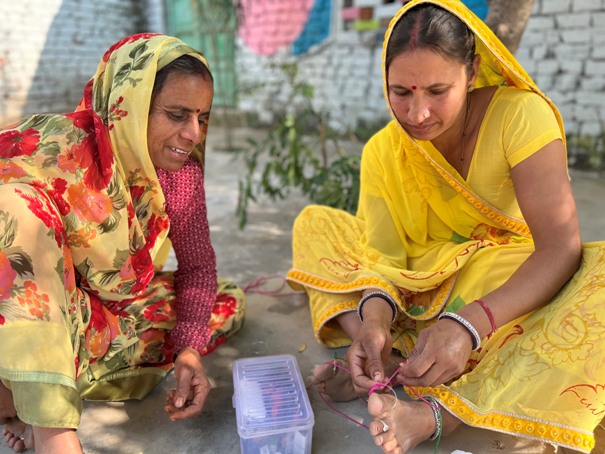
When I started teaching handcrafts to women in rural areas, I was delighted to see that women of all ages showed an interest in learning. Even though it was time-consuming, they were willing to learn so that they could provide for their families. Imagine if they were paid a fair wage for their hard work – they would be even more motivated to continue creating beautiful handcrafted items.
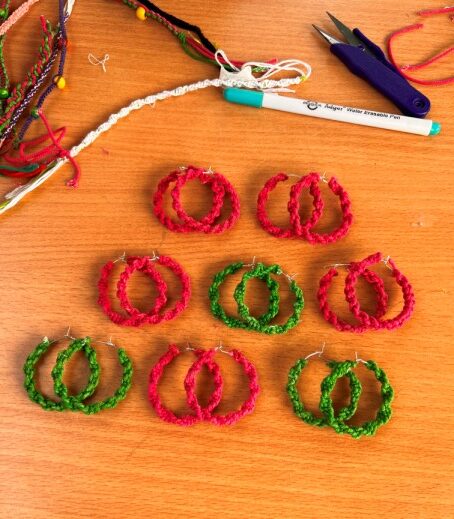
Many artisans share stories of tourists happily paying them a fair amount for their handmade goods. However, when it comes to our own country, we tend to bargain and haggle over prices, which can be demotivating for the artisans. As a society, we should think of these artisans as our brothers and sisters who are struggling to earn a livelihood. By supporting handcrafted goods, we can strengthen our economy while also promoting sustainability and clean environment.
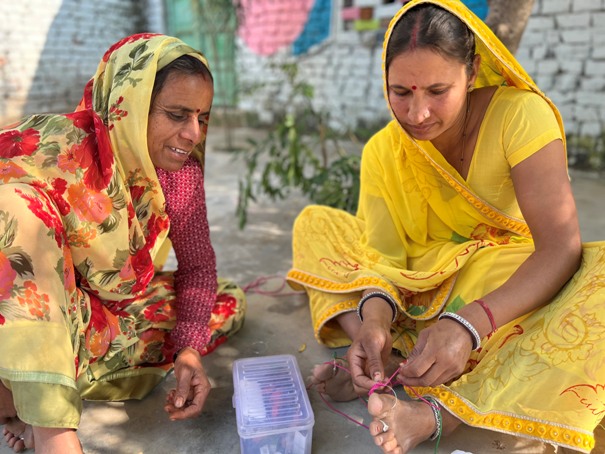
Handcrafts have many benefits that go beyond economic value. The love and care that artisans put into creating each piece is invaluable and cannot be replicated by machines. When we give handmade gifts or return gifts to children on their birthdays, we are spreading awareness and appreciation for handcrafted goods. We can also promote handcrafts as a way to reduce stress and increase creativity, just as it did for women in earlier times.

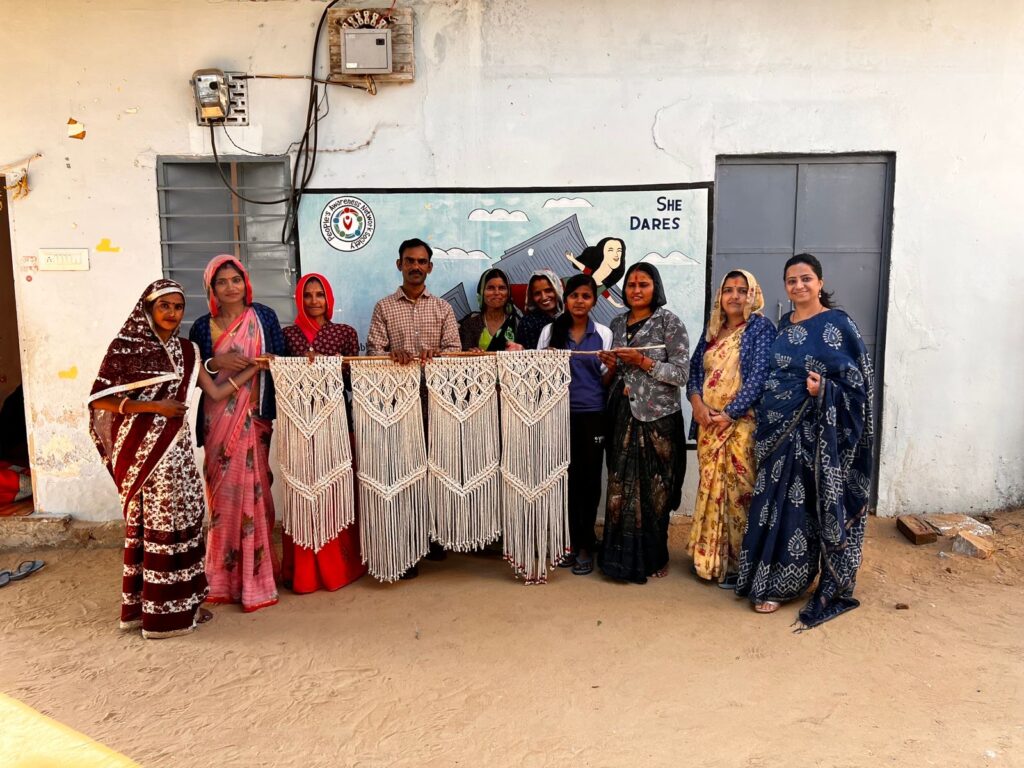
In conclusion, one person’s action towards promoting handcrafts as a source of livelihood for rural areas can make a significant impact. By supporting and buying handmade goods, we are not only helping artisans earn a livelihood, but also preserving our culture and tradition. Let us start valuing and appreciating the beauty of handcrafted items and support those who create them. (By Liza Karnani,9772811212)
